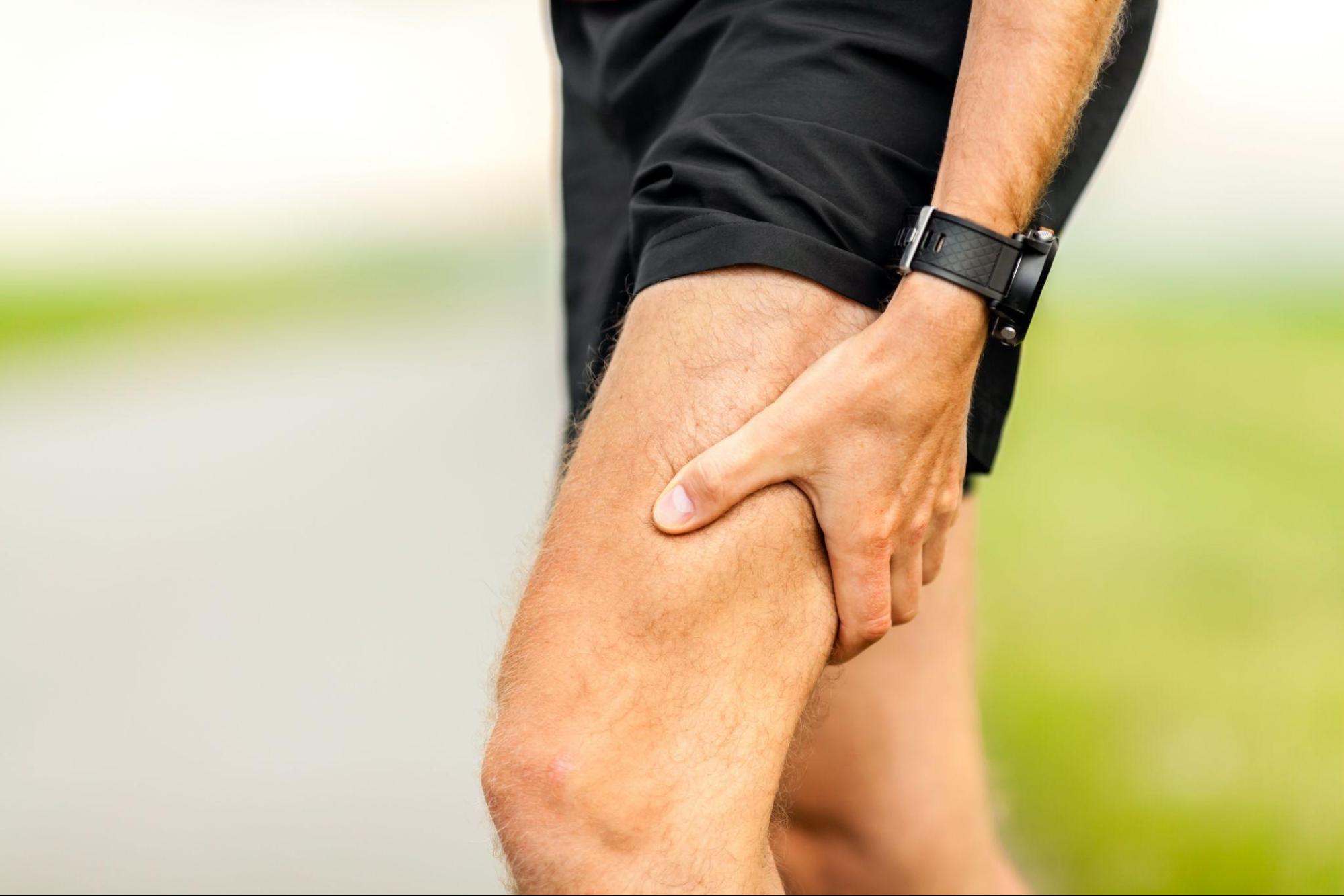
Addressing Muscle Ache and Soreness After Exercise
As a physiotherapist, I often encounter individuals who believe in various myths surrounding muscle aches and soreness. These misconceptions can prevent people from understanding their bodies better and hinder their progress towards recovery and optimal physical performance. It’s crucial to debunk these myths and shed light on the true nature of muscle aches and soreness. In doing so, we can empower individuals to take appropriate actions, make informed decisions, and effectively manage their muscle-related discomfort.
One common myth is that muscle aches and soreness are always indicative of a serious injury or damage. However, it’s important to recognise that muscle aches and soreness can arise from various factors, including exercise, physical exertion, or even simple everyday activities. In most cases, these sensations are a natural response to the stress and strain placed on the muscles, particularly during unfamiliar or intense physical activities.
Types of Exercise-Related Muscle Soreness
There are two distinct forms of muscle soreness: acute muscle soreness, which occurs immediately, and delayed onset muscle soreness (DOMS), which develops after a certain period. It’s important to distinguish between acute muscle soreness and delayed onset muscle soreness as they have different characteristics and implications for treatment and management.
Acute Muscle Soreness
Acute muscle soreness is typically experienced during or right after you complete your exercise. It is often a result of the buildup of metabolic waste products such as lactic acid, which can cause a burning sensation or fatigue in the muscles. Acute muscle soreness typically subsides relatively quickly, usually within a few minutes to a couple of hours, once the activity is stopped or the muscles have had a chance to recover. This type of soreness is generally considered a normal response to exercise.
Delayed Onset Muscle Soreness
DOMS, on the other hand, usually peaks around 12 to 48 hours post-workout. Its most noticeable symptom is muscle soreness, but individuals may also experience:
- Inflammation.
- Muscle soreness
- Reduction in muscle strength or function in the affected area.
Unlike acute muscle soreness, this delayed onset of pain does result from lactic acid accumulation. While its precise cause remains elusive, DOMS most likely stems from the natural repair process that your body undergoes in response to microscopic tears in the muscle caused by exercise.
Usually, these physical activities are those involving eccentric muscle movements, where the muscles lengthen while force is applied. Examples include the lowering of a bicep curl, the lengthening of thigh muscles while walking or jogging downhill, or even when performing movements you are not accustomed to.
Understanding that muscle soreness is often a normal part of the body’s adaptation process can help alleviate unnecessary concerns and enable individuals to differentiate between regular discomfort and more serious conditions.
Recovery from DOMS
When muscle aches strike after exercise, spending the day on the couch may seem like the intuitive approach. But on the contrary, resting can actually be detrimental to DOMS, as it can exacerbate the pain and stiffness, delaying your recovery. Instead, incorporating light stretches, such as yoga, is generally recommended to speed up your healing process by reintroducing movement to your muscles without overwhelming them.
Expedite Your Healing with Rapid Physiocare
Another common misconception is that muscle soreness is an indicator of a successful workout or physical training session. While it’s true that muscle soreness can be a byproduct of challenging physical activities, it doesn’t necessarily correlate with the effectiveness of the workout or training session. The presence or absence of muscle soreness should not be the sole measure of progress or the only indicator of a productive exercise routine. Instead, assessing factors such as improved strength, endurance, flexibility, and overall performance provides a more accurate gauge of fitness progress. It’s important to recognise that muscle soreness alone does not indicate the quality or effectiveness of a workout, as factors like nutrition, rest, and recovery play significant roles in achieving optimal results.
By dispelling these myths and promoting a better understanding of muscle aches and soreness, physiotherapists can assist individuals in adopting a more holistic approach to their physical well-being. This knowledge empowers individuals to manage their discomfort effectively, establish realistic expectations, and make informed decisions regarding their exercise routines and overall health. Hence, seeking the expertise of a physiotherapy clinic is paramount. This is where choosing Rapid Physiocare shines.
At Rapid Physiocare, our dedicated team comprises seasoned practitioners skilled in the field of sports physiotherapy and providing pain relief treatments for musculoskeletal conditions. By working with our sports physiotherapists in Singapore, you can trust that their prescribed exercises enable you to exercise your muscles safely, expedite your recovery and propel you towards optimal health without delay.



